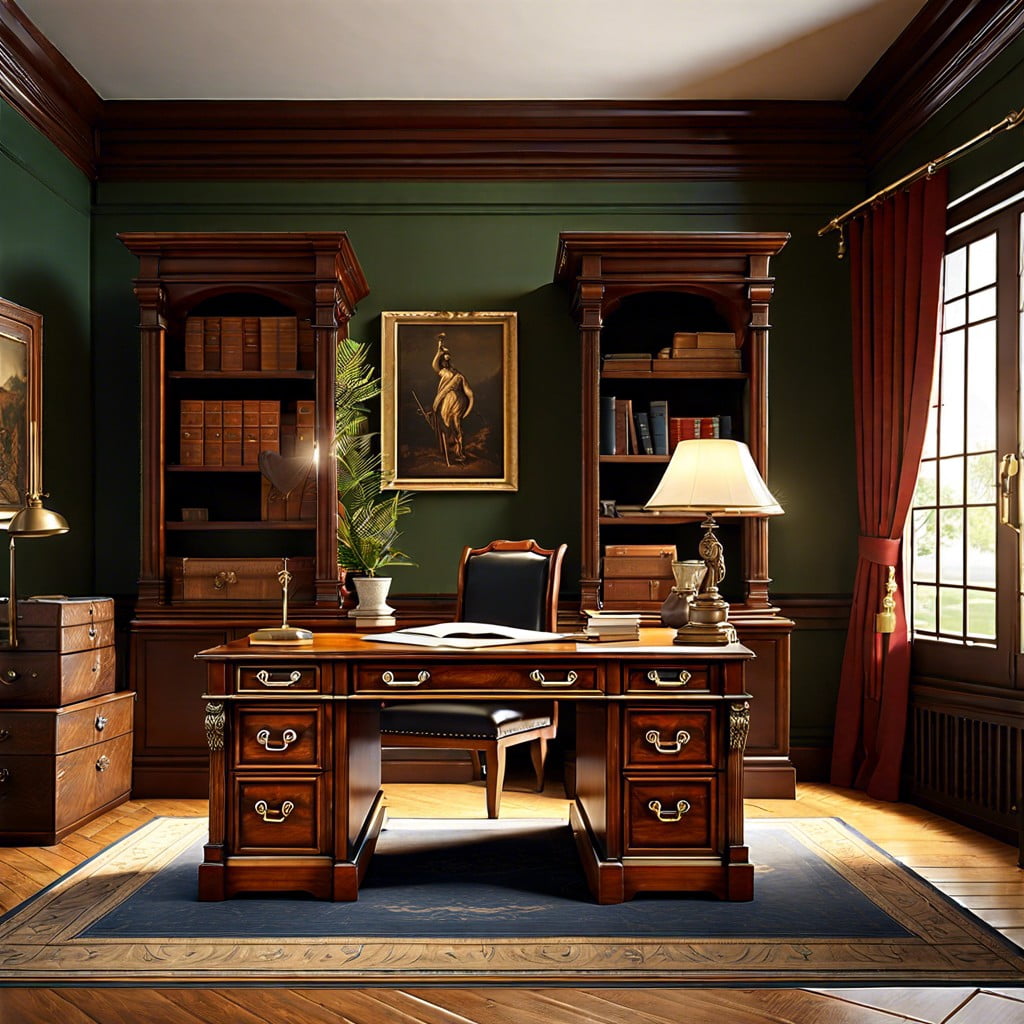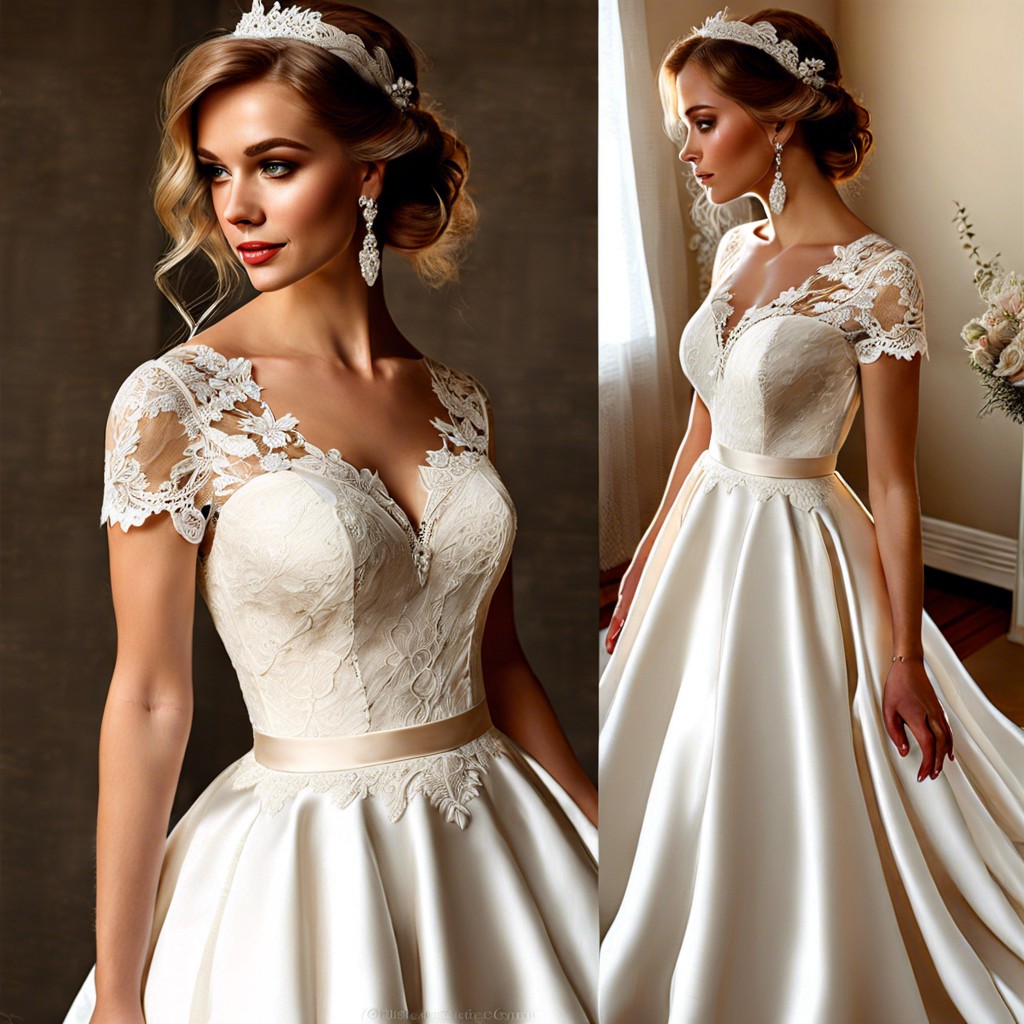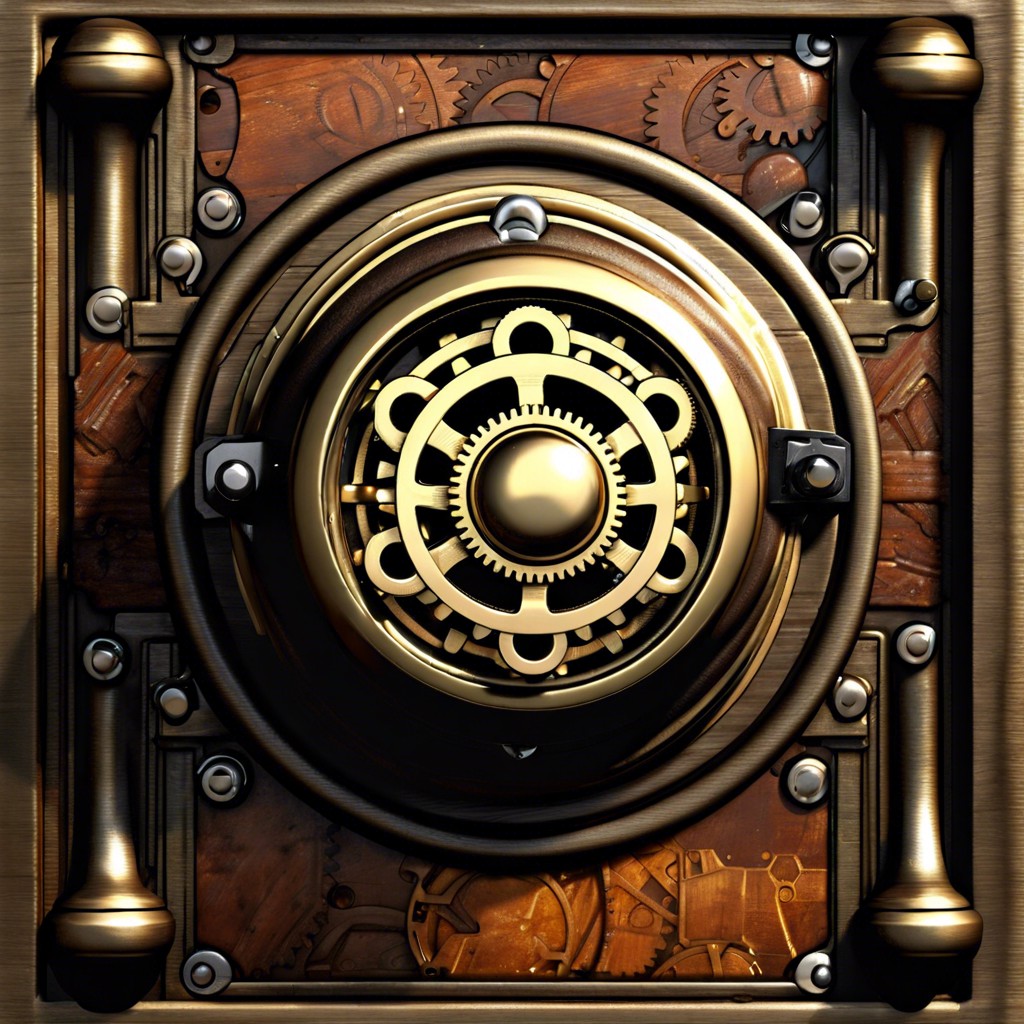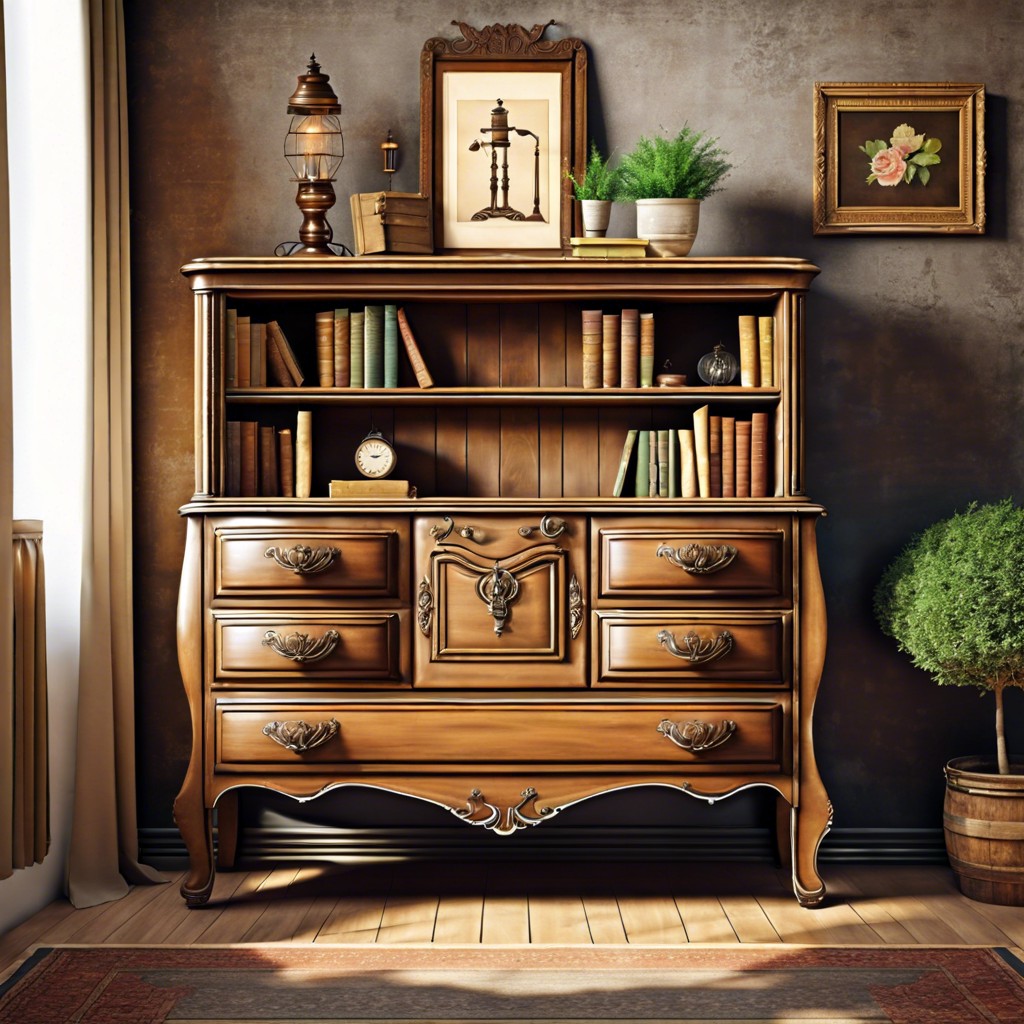Last updated on
Antique desk styles present an intriguing conundrum, not simply due to their intricate design elements but largely because unearthing their rich history offers enlightening insights into different eras and cultures.
Key takeaways:
- Pedestal desks: Columns of drawers for ample storage and workspace.
- Partners desks: Large desks with drawers on both sides for face-to-face work.
- Secretaire desks: Combines a writing surface with vertical storage convenience.
- Roll-top desks: Slatted rolling cover conceals work area and compartments.
- Bureau Mazarin: Ornate writing desk with baroque ornamentation and X-frame support.
Overview of Antique Desk Styles

Pedestal desks, recognized for their columns of drawers on each side, became a hallmark of corporate efficiency in the 18th century, offering ample storage and a generous work surface. Equally impressive are partners desks, often large and adorned with an array of drawers accessible from both sides, allowing two people to work opposite each other.
Secretaire desks combine the elegance of a writing surface with the vertical storage convenience of a bookcase or cabinet, featuring a drop-down front that reveals an intimate writing space. For those valuing privacy, roll-top desks are distinctive for their slatted rolling cover that conceals the work area and compartments.
The Bureau Mazarin, an early form of the writing desk, usually bears a wealth of baroque ornamentation and includes a distinctive X-frame support between the leg pairs. In contrast, the escritoire is a tall, slim cabinet with a writing surface that folds out, often concealing small drawers and nooks.
The fall-front desk offers a hinged writing surface that, when not in use, folds up to hide papers and materials, leading to a tidy room appearance. Kneehole desks, characterized by a central recess flanked by columns of drawers or cupboards, offer comfortable seating for the user.
Lastly, the Davenport desk, with its sloping lid and side drawers, was designed to save space while still offering functionality, making it a popular choice in smaller Victorian homes. Each of these styles reflects the needs and fashions of their time, offering today’s collectors a variety of forms to admire and use.
Pedestal Desks

Origins dating back to the 18th century, pedestal desks are characterized by two cabinets or stacks of drawers supporting the flat work surface. These desks are often crafted from rich hardwoods such as mahogany, oak, or walnut. The design typically includes a central drawer flanked by sets of stacked drawers. The expansive desktop surface usually features a leather or felt writing pad, bordered by a decorative wooden edge.
Desktop organization is improved due to the ample storage provided by the multiple drawers. Furthermore, the symmetrical design enables easy placement in the center of a room, making it a focal point of traditional and executive-style interior decor. The durability and classic appeal of pedestal desks contribute to their continued popularity as functional office furniture and as highly sought-after pieces for antique collectors.
Partners Desks
Originally designed for 19th-century bankers and lawyers, these substantial pieces facilitate face-to-face work interaction, featuring identical workspaces on opposite sides. Each side often has an expansive desktop area, flanked by a series of drawers or cabinets. The layout is intended for sharing, while also providing ample personal storage space for each user.
Considered a symbol of partnership and equality, the craftsmanship is typically robust, with hardwoods like mahogany, oak, or walnut being popular choices. The central drawer, which could be accessed from either side, was a common feature, as were the large writing surfaces, required for ledger books and legal documents of the day.
In a modern setting, they can serve as an elegant statement piece in a home study or office, doubling as a conference table due to their generous size. When seeking a partners desk, measure the intended space as they require a significant footprint, and inspect for symmetry in design, indicative of a true partners desk.
Secretaire Desks
Secretaires commonly feature a fold-down writing surface, which upon opening, reveals a complex interior with small drawers, pigeonholes, and sometimes hidden compartments. This space-efficient design favored privacy and organization, thriving in both domestic and professional settings from the 18th century onwards.
The base of a secretaire might include larger drawers or cupboards, providing additional storage space.
Craftsmanship can be seen in the intricate marquetry and the choice of wood, with mahogany, walnut, and oak being prevalent. Elegant inlays of brass or mother-of-pearl contributed to the prestigious character of these desks.
The drop-down surface typically rests on pull-out supports and, when not in use, secures paperwork discreetly inside.
The adaptability of a secretaire to serve both as furniture and a discreet work space makes it an appealing choice for those who admire multifunctional antique pieces.
When evaluating a secretaire, particular attention should be paid to the condition of the hinges and supports, as these are vital to the desk’s functionality and overall integrity.
Roll-Top Desks
Characterized by a flexible, tambour-slatted covering, roll-top desks reached the height of popularity during the 19th century. The tambour consists of linked wooden slats that roll along tracks to open and conceal the working area and its compartments. This distinctive feature not only provides a charming aesthetic but also serves a practical purpose for securing the desk’s contents.
These desks typically feature a series of small pigeonholes, shelves, and drawers that are ideal for organizing stationery and documents. This level of compartmentalization catered to the needs of professionals such as clerks and accountants, allowing them to keep their work orderly and private.
The classic roll-top desk is crafted from solid woods like oak, mahogany, or cherry, ensuring durability and a rich patina that ages gracefully. The craftsmanship evident in the dovetail joints of the drawers and the smooth mechanism of the roll-top speaks to the quality of these pieces.
For contemporary collectors, these desks not only serve as functional pieces of furniture but also as historical artifacts that reflect the evolution of office work. When selecting a roll-top desk, it is crucial to check the smoothness of the roll mechanism and the condition of the wood, particularly the back and base, which may be less visible but can show signs of wear or damage.
Bureau Mazarin
The Bureau Mazarin, named after Cardinal Mazarin, the 17th-century French statesman, is an early form of the writing desk. It typically features a flat writing surface supported by two tiers of drawers on each side, often connected by a central stretcher. The grandeur of this style is characterized by its elaborate ornamentation, including gilded bronze mounts and marquetry.
Distinctive characteristics of the Bureau Mazarin include:
- The structure is primarily of solid wood, adorned with intricate veneers.
- A central drawer under the writing surface, flanked by stacks of smaller drawers.
- Ornate, often Baroque-style legs, that may be either turned or twisted, culminating in hoof or ball feet.
- It may incorporate a large number of drawers, including secret ones, highlighting the furniture’s dual purpose in both storage and as a work surface.
- Elaborate decorations, which can include gilt-bronze mounts, marquetry work of brass and tortoiseshell, and occasionally inlaid precious stones.
This desk’s form and function represent the opulence of the Louis XIV style, and it laid the groundwork for more practical designs that followed in subsequent periods.
Escritoire
The Escritoire, a predecessor to the modern secretary desk, merges the elegance of French craftsmanship with the functionality for correspondence and document keeping. It typically features a tall and slim profile, characterized by a front that drops down to provide a writing surface while revealing an array of small drawers and pigeonholes. This design optimizes vertical space, making it suitable for rooms where floor space is at a premium.
Noted for its intricate veneers and often adorned with marquetry, the Escritoire can serve both as a focal point in a room and a testament to the intricate work of 18th-century artisans. While the use of various woods, like walnut, mahogany, or rosewood, adds warmth and richness to its appearance, brass or ormolu mounts are common features that enhance its visual appeal.
When inspecting an Escritoire, pay special attention to the writing surface and the internal compartments. The leather or felt-lined writing surface should be in good condition, and the hinges and supports need to be sturdy and functional. The internal layout may also reveal the piece’s history and intended use, as certain customizations were often made for specific tasks or to accommodate the belongings of the original owner.
Fall-Front Desk
Distinguished by a hinged writing surface that drops down when opened, the fall-front desk, also known as a drop-front or secretary desk, offers a blend of compactness and functionality. This versatile piece typically features internal compartments, slots, and small drawers, hidden behind the foldable panel, which when lowered, serves as a sturdy writing surface. The clever design maximizes storage efficiency and keeps correspondence and materials organized while minimizing the desk’s footprint in a room.
Particularly popular in the 18th and 19th centuries, these desks often exhibit craftsmanship through the joinery techniques used, such as dovetailing, and the presence of secret drawers or compartments that reflect the era’s fascination with privacy and discreet storage. Wood choice ranges from mahogany and walnut for more high-end pieces to oak or pine for simpler versions.
When considering a fall-front desk for purchase or restoration, inspect the stability of the hinge mechanism, as this bears the weight of the writing surface. Also, the condition of the interior compartments can indicate the desk’s overall wear and usage, as these areas were frequently used.
Kneehole Desk
Originating in the early 18th century, the kneehole desk is characterized by a recessed central cupboard flanked by drawers or cupboards on either side. This provides a comfortable space for the user’s legs, hence the term “kneehole.” Typically crafted from robust woods like mahogany or oak, these desks often feature brass hardware and intricate detailing.
The central cupboard may contain additional drawers or a safe, and the desktop, occasionally fashioned with a leather writing surface, lifts to reveal storage spaces. The compact design suits smaller rooms, while the timeless elegance of its simple yet functional form adapts to various interior styles. Its adaptability and enduring design have cemented its place in both historical and contemporary office settings.
Davenport Desk
Originally designed for use on naval ships, the Davenport desk features a sloping lid that opens to reveal a writing surface and often hides small drawers or compartments. This compact piece of furniture typically has a series of drawers on one side, which are accessible from a seated position. A defining characteristic is its ornate stand, often carved or accented with decorative elements. These desks are well-suited for smaller spaces, embodying an elegance that belies their practicality.
It is relatively common for the other side, appearing like a set of dummy drawers, to be designed as a cupboard or fitted with real drawers that open from the inside. The Davenport often stands on a pedestal base with bold, turned columns or straight legs that may have casters for mobility. The interior compartments vary from simple pigeonholes and small drawers to more elaborate fitted stationery racks. Each Davenport desk is unique with individual variations, making them an interesting focus for collectors and a charming addition for those appreciating historic aesthetics in functional furniture.




